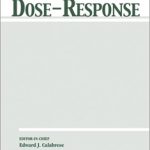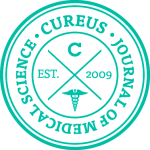Mayur Kiran Temgire, Akkihebbal Krishnamurthy Suresh, Shantaram Govind Kane, Jayesh Ramesh Bellare
Establishing the interfacial nano-structure and elemental composition of homeopathic medicines based on inorganic salts: a scientific approach
Homeopathy

Extremely dilute systems arise in homeopathy, which uses dilution factors 1060, 10400 and also higher. These amounts to potencies of 30c, 200c or more, those are far beyond Avogadro’s number. There is extreme skepticism among scientists about the possibility of presence of starting materials due to these high dilutions. This has led modern scientists to believe homeopathy may be at its best a placebo effect. However, our recent studies on 30c and 200c metal based homeopathic medicines clearly revealed the presence of nanoparticles of starting metals, which were found to be retained due to the manufacturing processes involved, as published earlier.9,10 Here, we use HR-TEM and STEM techniques to study medicines arising from inorganic salts as starting materials. We show that the inorganic starting materials are present as nano-scale particles in the medicines even at 1 M potency (having a large dilution factor of 102000). Thus this study has extended our physicochemical studies of metal based medicines to inorganic based medicines, and also to higher dilution. Further, we show that the particles develop a coat of silica: these particles were seen embedded in a meso-microporous silicate layer through interfacial encapsulation. Similar silicate coatings were also seen in metal based medicines. Thus, metal and inorganic salt based homeopathic medicines retain the starting material as nanoparticles encapsulated within a silicate coating. On the basis of these studies, we propose a universal microstructural hypothesis that all types of homeopathic medicines consist of silicate coated nano-structures dispersed in the solvent.








Lascia un commento
Devi essere connesso per inviare un commento.